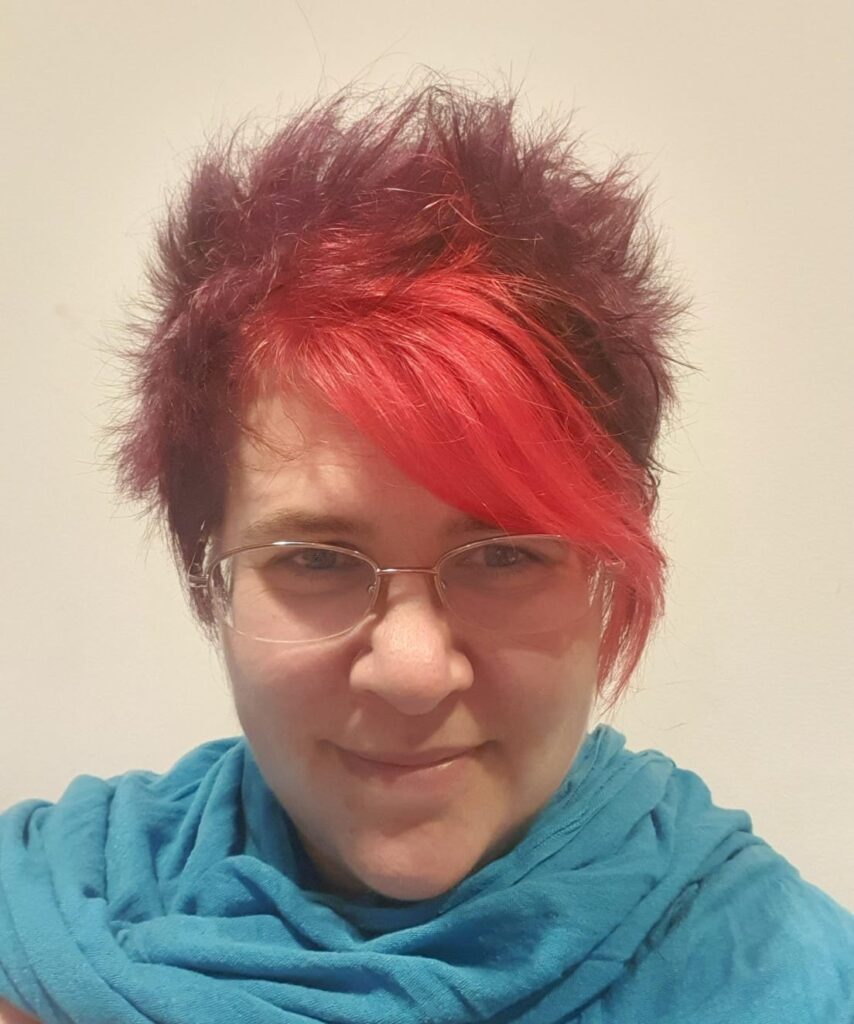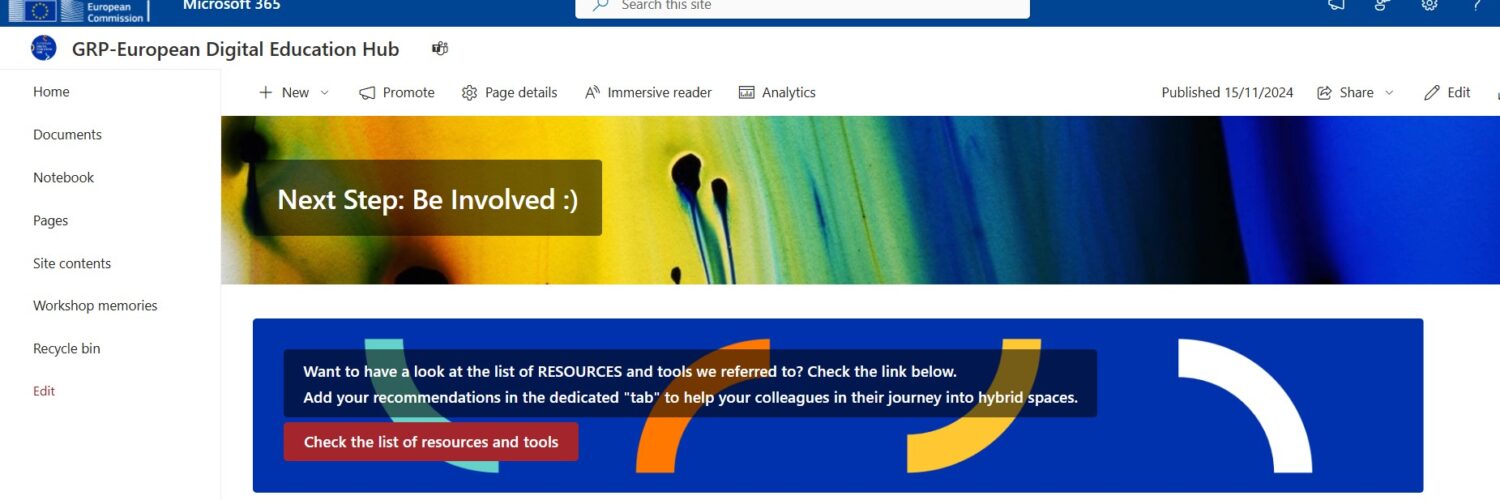by Cristina Obae, University of Lapland, Finland.
From January to June 2024, educators, learning designers, and EdTech specialists from across Europe came together to form the European Digital Education Hub’s (EDEH) 10th Squad (working group) on the topic of Hybrid Spaces.
As NEdHo (New Education Horizons) expert and University of Lapland PhD researcher on education, I had the pleasure and honour to lead the 20 members squad in exploring the concept and practices of hybrid spaces usage in teaching and learning.
After the COVID-19 pandemic, the “liquid modernity” we are living in became even more brittle and difficult to understand than before. Wars, natural disasters, and different life-threatening situations can change the educational setting in the blink of an eye, so being resilient and prepared for anything is essential nowadays. Hybrid learning seems to be the best-adapted solution to current challenges and it is continuing to take place all over the world.
Drawing on multisectoral expertise from across Europe and different educational levels experiences, the EDEH Squad 10 research on hybrid spaces started with a literature review investigating the definition and possible forms of hybrid learning that exist nowadays.
Mapping scientific literature and experts’ experiences, we decided to narrow our research area and focus as a team on a specific type of hybrid interaction, the one in which part of the students’ cohort is present virtually online and part is physically on-site.
Digging deeper into the definition, we realized that when looking at hybrid education from this perspective, a new, in-between learning space must be considered. This type of hybrid education is happening in a special learning environment that is not identical from one class to the other and changes constantly depending on multiple factors like students’ choices and learning preferences, the technology used, the social context, etc. What the teacher plans can quickly become inadequate from one lesson to the other, so flexibility and adaptability are essential. Such a brittle and liquid learning environment can be challenging to deal with for educators who want to create equal engagement for both online and face-to-face learners.
The platform “Insights Platform. Is the future of education ‘hybrid’?” launched on November 14th, 2024 targets exactly this audience and includes resources that can be used at all levels of education to make hybrid learning more fluid, ensuring equal access to quality education no matter if the learner is in face-to-face or online.

Image 1. Squad 10 Insights Platform on hybrid education
Three outputs were generated as a result of the Squad work:
- a breakdown of teachers’ specific competencies for designing hybrid learning environments,
- an online platform full of resources for hybrid education, and
- a two-hour workshop on mastering hybrid education with engaging tools and tactics.
All of them can be found on the Insights Platform, which is available to all EDEH members. The registration to the EDEH is open to every professional connected to digital education (school educators, teacher trainers, policy makers, school representatives).
Once you are registered on the EDEH, just click on the following link and learn how to make hybrid teaching and learning more fluid: Insights Platform. Is the future of education ‘hybrid’?
You can also contribute to the Platform by suggesting your preferred hybrid learning resources and tools at the bottom of the page.
See you on the Insights Platform!

Author
Dr. Cristina Obae, NEdHo expert and University of Lapland PhD researcher has vast experience in educational leadership and digital education. For her second PhD research, she is looking at ways of adapting the curriculum to 3D hybrid learning environments. She led, in 2024, the European Digital Education Hub Squad 10 focusing on hybrid spaces, and was a member of five other squads under the same European Commission’s project














